Our tour
here in central Vietnam would be he first time we actually set foot on the
mainland, as yesterday’s tour only landed us on one of the islands. Our starting
point was the town of Chan May, the port city for Da Nang.
 |
| It was rainy when we arrived at Chan May, and apparently stayed that way all day. We went to the other side of the mountains and had no rain! |
 |
| Fishing in the river. |
In Da Nang we visited the museum dedicated to the relics of the Champa Kingdom, which
flourished in the area during a long period between the 4th and 12th
centuries.
Our next stop was one of the local marble manufacturers. It was
the first of a number, all carving out of single blocks of marble and making
some very impressive pieces. Our only souvenirs so far, a couple of small lions,
were our only purchase, although Larry thought one or two of the bigger
sculptures might look nice by – or in – the pool:
 |
| Larry still thinks this would have looked great in the pool! |
There was a
lot of time spent on the bus during this tour, and we were able to see a lot of
small towns and villages along with the countryside. Vietnam’s total population
is over 90 million, with Da Nang being the smallest of the ‘big three’,
including Ho Chi Minh City (or Saigon) in the south and Hanoi in the north.
Between them, they account for about 12 million with everyone else spread
around the rural areas.
The people
live close together, with mainly narrow lots on which they build their houses
and, in many cases, run their businesses. There were so many houses everywhere,
and the bus never seemed to stop except at the very few traffic lights we
encountered, that it was hard to get good photos of them. Here are some shots
we did get as we zipped by:
And
speaking of traffic – our guide was explaining the car ownership in Vietnam is
a very expensive proposition, with the average import duty running about 150 to
200 PERCENT! So rather than having a car, most people ride bicycles, scooters
or motorcycles. There are apparently over 30 million 2-wheeled vehicles in the
country – and we think we probably just avoided about half of them on our tour,
between the bus manoeuvering around them and them manoeuvering around us as we
walked around Hoi An. The biggest problem was that there is no traffic control,
unless you count a double- or triple-honk before turning a corner, or a toot to
get people out of the way.
Our second
stop was for lunch just outside the old town of Hoi An, at a very nice buffet
restaurant. Lunch was delicious and kept us all full for the rest of the day –
as it had to, since we were not scheduled back to the ship until around 8 p.m.!
 |
| The noodle, pork and vegetable soup |
Hoi An was the
country’s largest trading hub in the 14th century, and, even though
the trade in silk and spices with Japan, Britain, Spain and Holland ceased a
long time ago, the trade in trinkets and souvenirs is still alive and well with
tourists from all over the world. Most of the old trading buildings are now
shops, art galleries and coffee shops, so it is hard to actually find the
historic value in some of them.
We did,
however, visit the home of an old family that was built entirely of wood, fit
together so there were no nails used!
 |
| A bonsai fig tree in the little courtyard |
After that,
we continued to a Taoist Chinese temple with a very impressive sculpture in its
courtyard. Although the Vietnamese have little love for the Chinese now,
historically the first Chinese to leave China settled in Vietnam, in the Hoi An
area because of the trading.
Our walk
continued to the Japanese covered bridge, which was built in the former
Japanese quarter of the town in the early 17th century, spanning a
canal and leading to the Chinese quarter.
Up to this point, there had been no time allowed for dawdling, let alone shopping, and some of the cruisers were getting restless. So we visited a silk manufacturer, where we learned the process of making silk, and then making beautiful artwork out of silk. Of course, you could also be measured for a suit, jacket or dress and have it shipped home in about 3 weeks, but there wasn’t enough time in the program for that.
From there
it was back to the bus and on to My Son, one of the main religious sites of the
Champa Kingdom. Unfortunately many people will also recall the site as a base
for the Viet Cong during the Vietnam war, and many of the buildings suffered
damage or destruction from the bombing that was carried out to defeat them.
The temple
site is still very impressive, although attempts to rebuild some of the ruins
have not been successful. The archaeologists have been trying to replicate the
original construction process, but can’t quite get it, so they are
concentrating their efforts on protecting the remaining structures rather than
trying to rebuild.
 |
| Some of the ornamentation that was saved from destruction by the Viet Cong |
DSC1963,1964,1965
Tomorrow –
An Evening in Saigon!

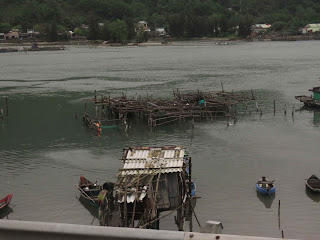







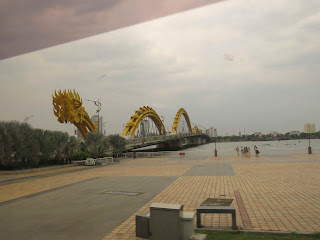






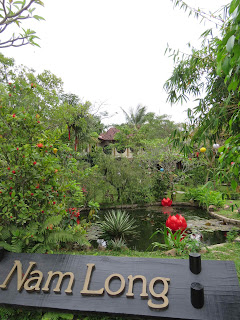





















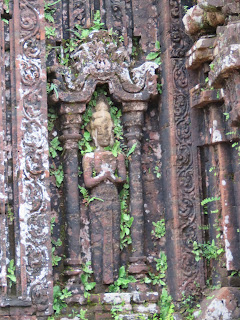
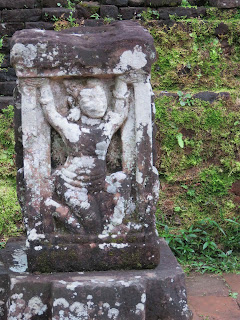
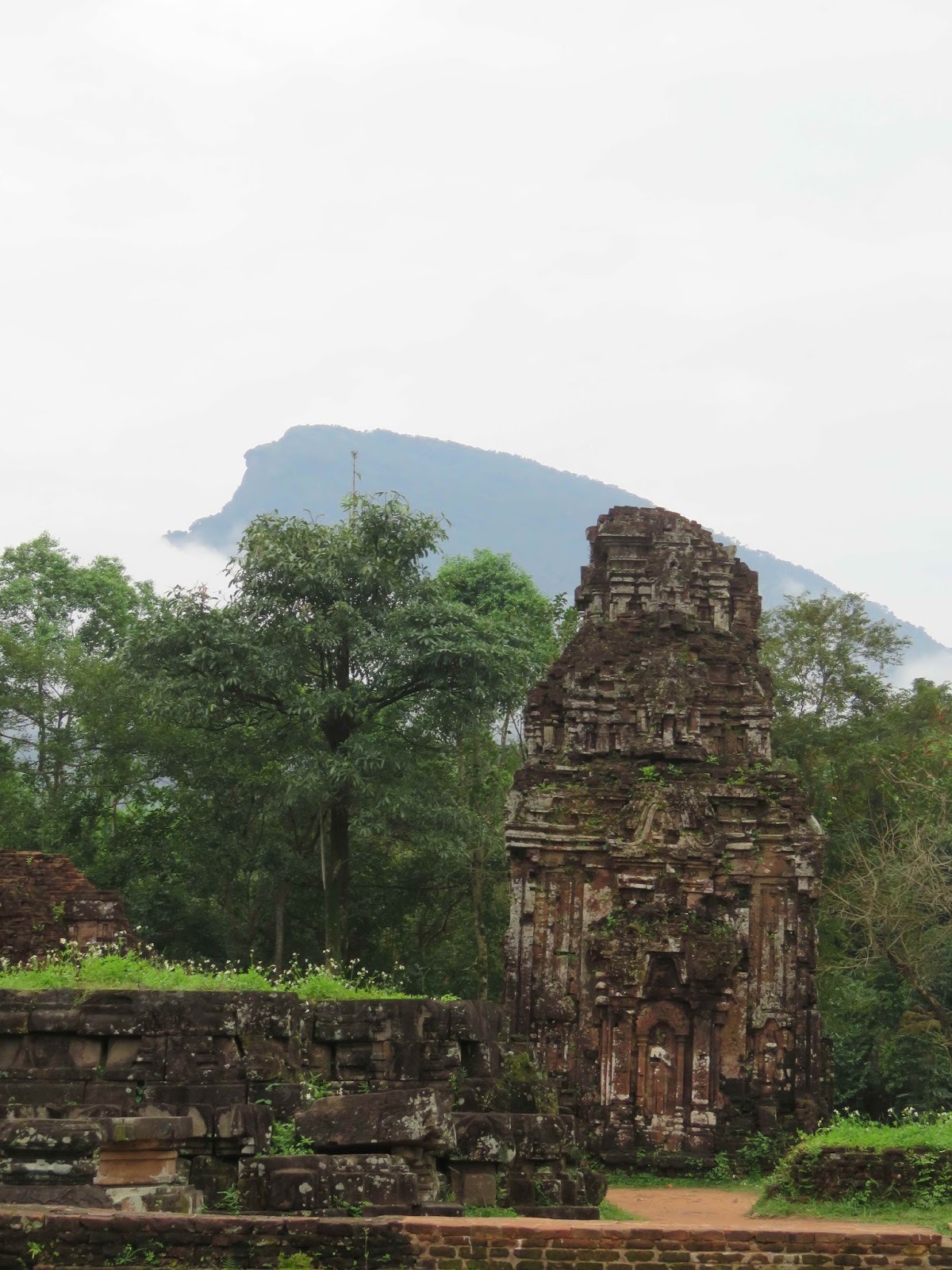





No comments:
Post a Comment